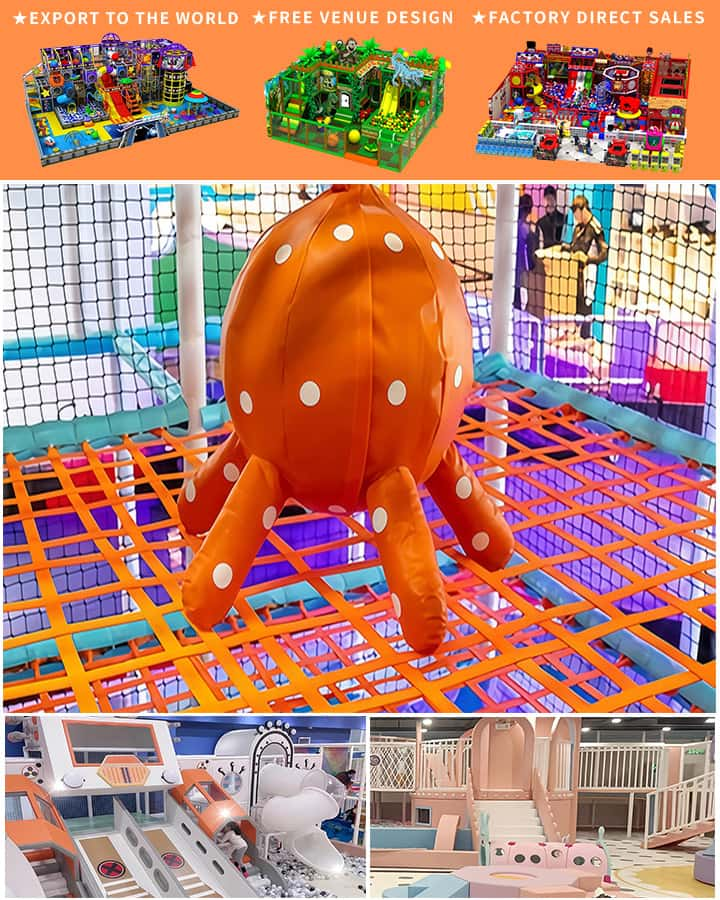In recent years, the importance of inclusive playgrounds has gained significant attention. One of the most vital aspects of these playgrounds is the availability of accessible equipment for disabled children. Providing playground equipment that accommodates children with diverse abilities not only ensures they can enjoy playtime but also promotes social inclusion and equity. This article explores the significance of playground equipment for disabled children and highlights some innovative solutions designed to offer equal recreational opportunities.
The Importance of Inclusive Playground Equipment
Playgrounds are a fundamental part of childhood, where kids develop social skills, physical fitness, and creativity. However, traditional playground equipment often poses challenges for children with disabilities, limiting their ability to participate fully. Inclusive playground equipment addresses these barriers, allowing all children to engage in play, regardless of their physical limitations.
Inclusive playgrounds foster a sense of community by enabling children of all abilities to play together. This interaction helps break down societal barriers and promotes understanding and empathy among young minds. Additionally, accessible playgrounds provide therapeutic benefits, offering children with disabilities the chance to improve their motor skills, balance, and coordination in a safe and supportive environment.
Key Features of Inclusive Playground Equipment
When designing playground equipment for disabled children, several key features must be considered to ensure accessibility and safety:

Ramps and Transfer Systems: For children who use wheelchairs, ramps and transfer systems are essential. These enable smooth transitions between different play areas and equipment, ensuring that wheelchair users can access swings, slides, and climbing structures without assistance.
Adaptive Seating: Swings and other ride-on toys should have adaptive seating options, such as bucket seats or harnesses, to support children with varying levels of mobility and physical strength. This allows them to experience the joy of swinging and moving in a secure manner.
Sensory Integration: Many children with disabilities benefit from sensory-rich environments. Playground equipment can incorporate tactile elements, like textured surfaces or interactive panels, and auditory stimuli, such as musical instruments or sound-producing devices, to stimulate sensory exploration.
Adjustable Heights and Reaches: Ensure that playground structures have adjustable components to accommodate children of different heights and abilities. For instance, lower bars on monkey bars or adjustable platforms on climbing frames can make these activities more manageable for shorter or less physically able children.
Soft Surfacing: Safety is paramount, especially for children who may have difficulty maintaining balance. Soft surfacing materials, such as rubberized mulch or synthetic turf, can reduce the risk of injury from falls and allow children to move more freely.
Innovative Examples of Inclusive Playground Equipment
Several forward-thinking companies have developed innovative playground equipment that exemplifies inclusivity:
WeSpriNKLE Playground Spinner: Designed for children of all abilities, this spinner features an oversized platform and multiple gripping options. It provides both a fun spinning experience and an opportunity for sensory stimulation through colorful lights and music.
Accessible Carousel: Modern carousels now come equipped with wheelchair-accessible cars and easy-to-reach handrails, ensuring that every child can join in the fun. Some models even offer programmable speeds and directions to cater to individual needs.
Inclusive Climber: These climbers are specifically designed with varying levels of difficulty and tactile elements to engage children with different physical capabilities. They encourage exploration and help develop motor skills in a safe and controlled environment.
Conclusion
Creating inclusive playgrounds with accessible equipment for disabled children is not just about providing equal recreational opportunities; it’s about fostering a more inclusive society where every child feels valued and included. By incorporating thoughtful design and innovative solutions, we can ensure that playgrounds are places of joy, discovery, and social connection for all children, regardless of their abilities. Investing in inclusive playground equipment is an investment in the future—a future where diversity is celebrated, and every child’s right to play is fully realized.




